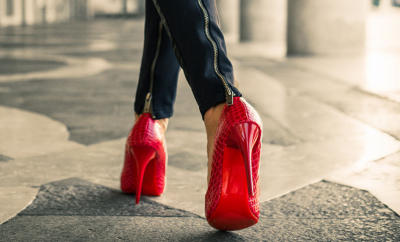
Style
3 Overcoat Styles You Must-Have in Your 2016/2017 Winter Wardrobe
By Sarah |
As the cold season sets in, we have to start to think about overcoats. For some women, wearing an overcoat is a matter of necessity, and has nothing to do with fashion or style. But for many fashion conscious women out there, winter is the time for them to show off their beautiful coats, a new season to flaunt their style and their fashion statement to want to show the ‘world’
Winter fashion is best in many peoples opinion. The clothing and other apparel that’s meant to ward off the cold come with the best details, much more than mere summer clothing.
- Dress Coats – This overcoat resembles a dress and is in fact one of the trending styles of winter coats today. It comes with a collar, lapels, and a belt that appears to cinch a woman’s waist. Its design is certainly ‘vintage inspired’ because it was a style that was quite popular in the mid 50’s to the 60’s.

- Trendy Cloaks – Cloaks and capes serve the same purpose as all overcoats, to keep you warm in winter, but it differs in design to the regular kind of coat. It is loose, one of its features that makes it look so fashionable and chic. Cloaks have been around for a number of hundreds, but over time became fashion apparel for winter wear. They come without sleeves but have open slits to put the hands through. Most “generally fasten at the neck or over the shoulder” and come in short or long lengths.

- Pea Coats – Many may not know what kind of overcoat this is vintage inspired coat is . . . Yes, it is an unusual name, but a pea coat is one that was originally worn by European and American sailors dating back into the early 1700’s.
 It is coarse to the touch and made from wool. Today, pea coats are not much different from the past design and have become trending outerwear clothing. The coat is now considered a vintage/classic inspired style with some now coming with hoods. They come in great shapes; made from other fabrics including leather, besides the classic navy blue wool of centuries past.
It is coarse to the touch and made from wool. Today, pea coats are not much different from the past design and have become trending outerwear clothing. The coat is now considered a vintage/classic inspired style with some now coming with hoods. They come in great shapes; made from other fabrics including leather, besides the classic navy blue wool of centuries past.
Related Items
Next Story → Few Tips on Styling Silver & Gold Jewelry









0 comments